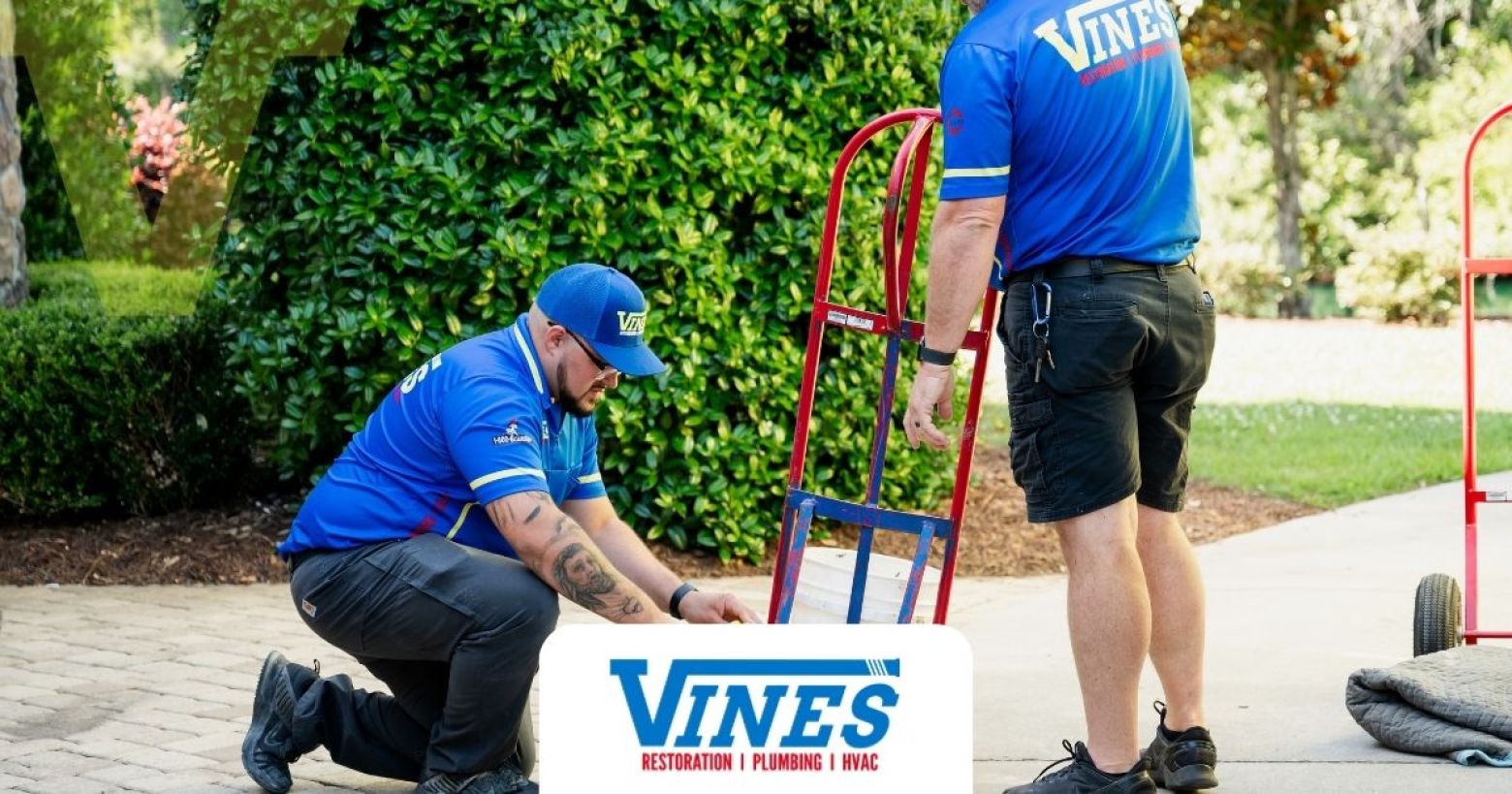How to Avoid Accidentally Creating a Mold Utopia in Your Home
Nobody sets out to encourage mold growth in their home. But between using natural materials such as fabrics and wood, and putting lots of water in the air, it can happen accidentally. Here are five ways to avoid providing a utopia for unwanted mold colonies.
1. Use an Electric Dehumidifier
If you have a small house and your excess moisture is coming from the basement, a large dehumidifier unit running in your basement could help keep your humidity levels appropriate. The ideal humidity levels for avoiding mold should be below 50 percent, but don’t go below 30 percent or your skin might start drying out.
You can also purchase smaller units for individual rooms, or move the unit around to different rooms of the house as convenient.
2. Add Moisture Absorbers and Fans
A whole-house dehumidifier won’t keep moisture from collecting on a window or behind the toilet. It can make sure there’s less water available, but the water can still condense on a cool surface. For these situations, small electric fans can help keep air moving rapidly across the surface so it doesn’t have time to allow moisture to condense out.
For small, enclosed spaces, even if there’s no window pane for water to condense on, the lack of air circulation can encourage mold growth. Keeping the humidity levels even lower in these spaces (such as cabinets and drawers) can be accomplished by using individual moisture absorbers.
3. Check Humidity Levels With a Hygrometer
If you’re not sure which areas in your house are the dampest, a small, affordable hygrometer could become your new best friend. Simply place it in various spots around your house, leaving it in each spot for 24 hours and keeping track of how the humidity fluctuates, to get a baseline for the level of dampness present in each room. Then, try putting it in more isolated spots such as inside cabinets or under sinks to gauge how much higher the humidity levels are there.
4. Clean Susceptible Surfaces Frequently
Mold spores float through the air until they land on a habitable surface such as a damp wall. Then they’ll start sprouting and growing. But the more often you clean any given surface, the less time any mold spores will have to sprout and grow before you wipe them off.
Remember that cleaning to avoid mold is very different from cleanup after the fact. While you can’t simply wipe mold off after it’s started growing (it will grow back), you can clean the mold spores off with mold-killing cleaners before they’ve gotten established. If you already have visible mold growth, consider a professional remediation before the infestation worsens.
5. Leave Curtains Open (Except Shower Curtain)
Although sunlight doesn’t necessarily kill all mold (some mold is quite happy growing around the edges of a sunny window), the UV rays that it provides do have a generalized anti-mold effect. In addition, leaving thick curtains down will trap cool, wet air against the window (and any parts of the wall that it touches), making any beginning mold colonies extremely happy.
An exception to this is the shower curtain. Opening the shower curtain directly after a shower can trap water in its folds, encouraging mold and mildew there. Instead, leave the shower curtain closed (stretched out across the bathtub) until it dries.
These tips will help you control the environment inside your house so that the mold spores floating through the air are less likely to find a perfect home behind your furniture or under your sink. If you need help with mold cleanup beforehand, give Vines Restoration Plumbing HVAC a call today.

Vines
Contact Us
Please fill out the form below to request an estimate or schedule service.
Contact Form
"*" indicates required fields









